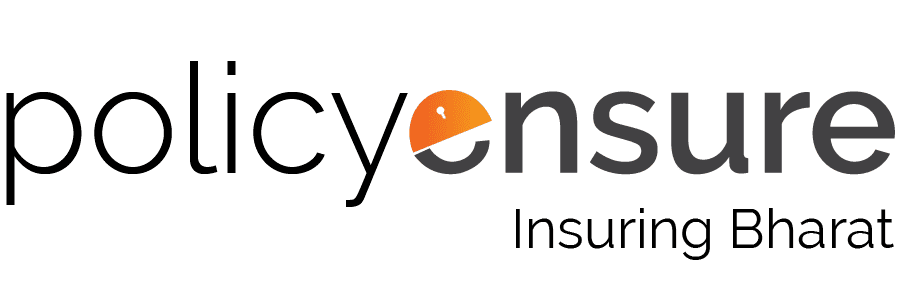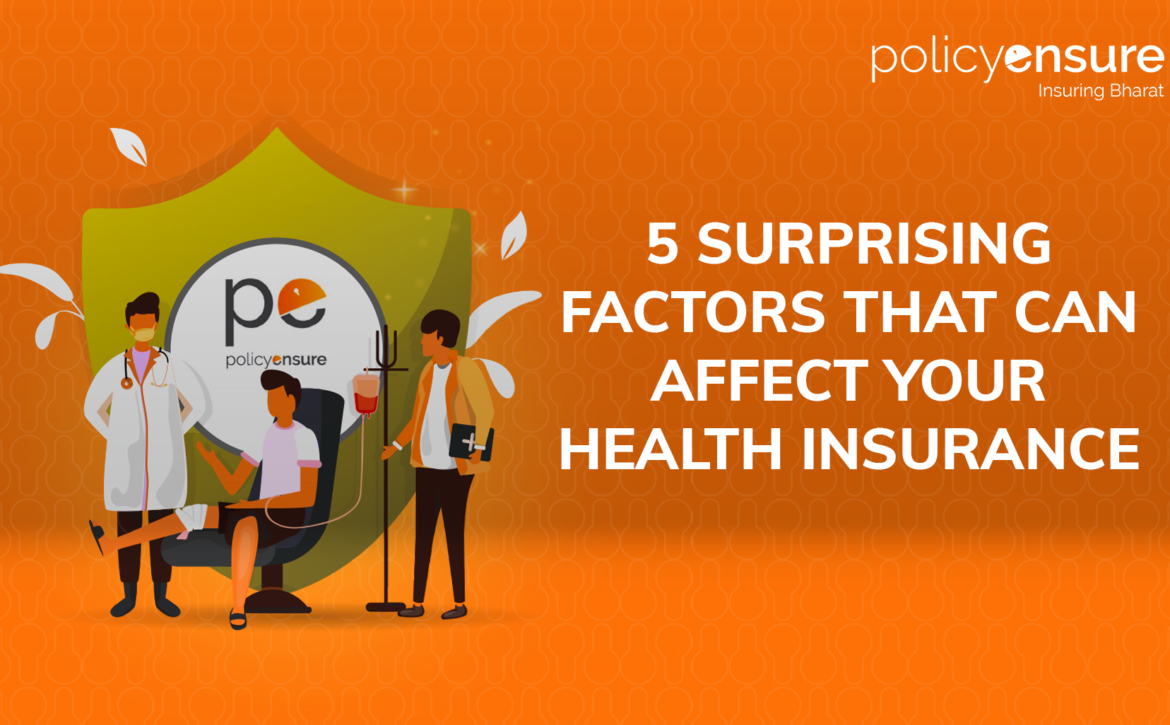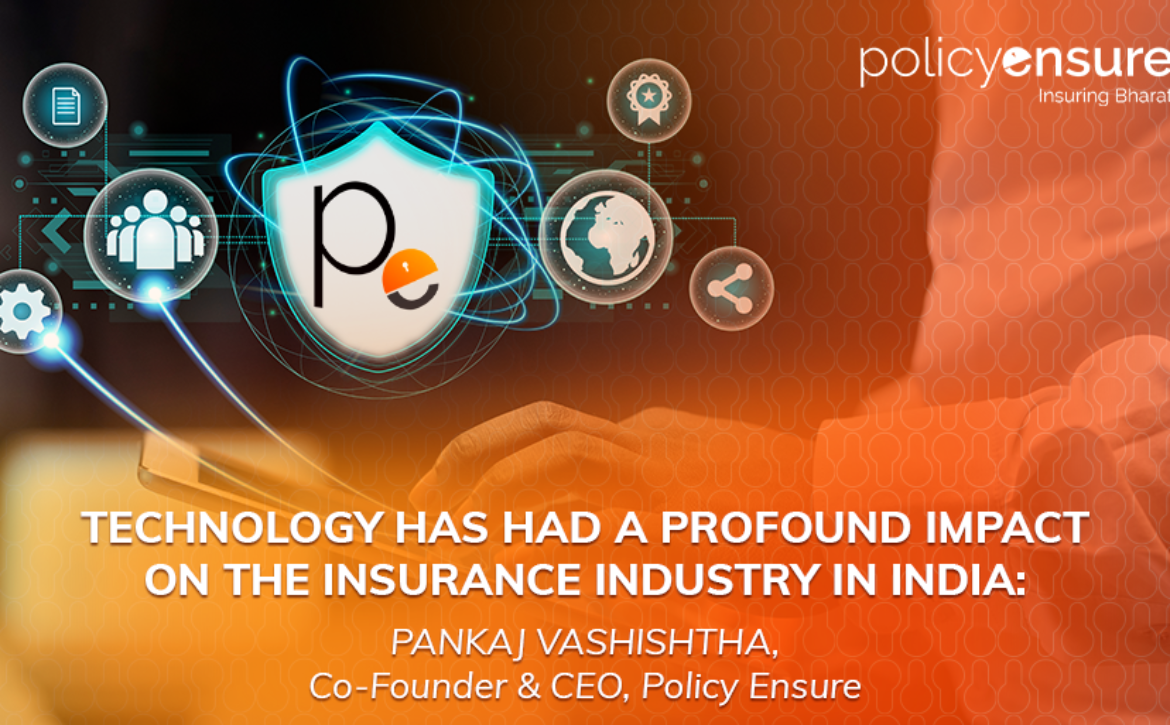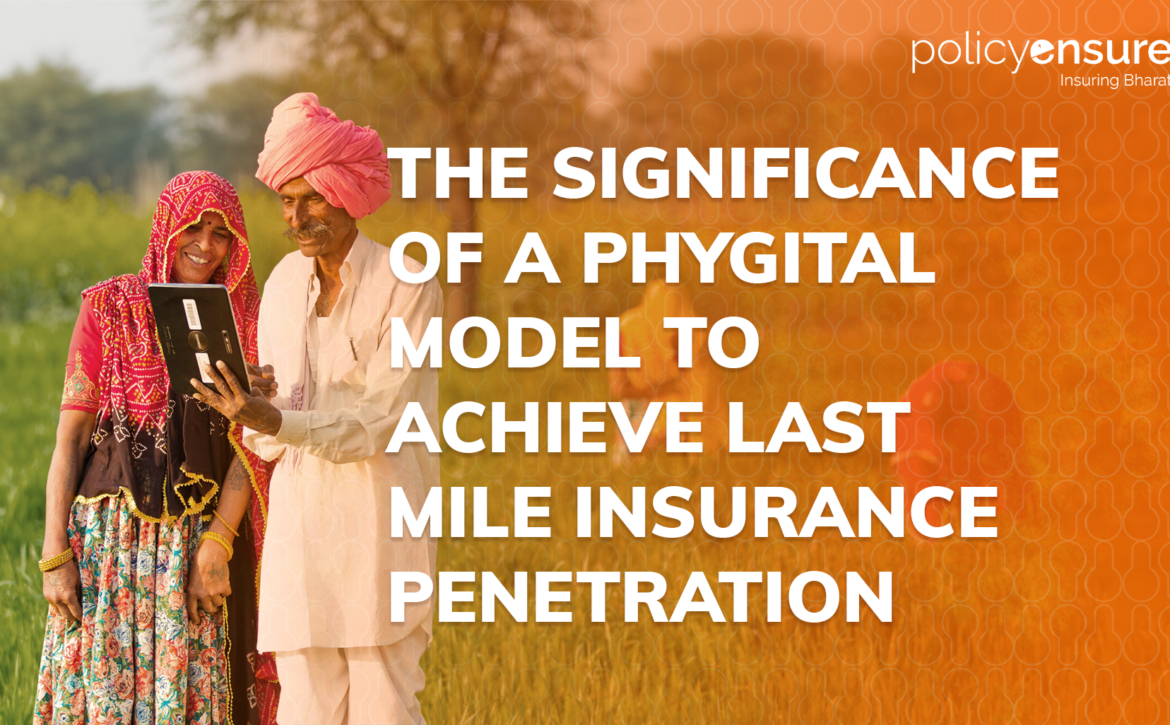5 surprising factors that can affect your health insurance
When considering the factors that can affect your health insurance premiums, aspects such as age, gender, and driving record often come to mind. However, there are other lesser-known factors that can impact the cost of your insurance, including your health.
Here are five surprising factors, including health-related considerations, that can influence your insurance premiums:
Your occupation
While it may seem unrelated to health, your occupation can have an impact on your insurance premiums. Jobs involving high-risk activities or hazardous work environments, such as mining or aviation, may result in higher insurance premiums. Insurers perceive these professions as more dangerous, increasing the likelihood of injury or death.
Your hobbies
Engaging in high-risk hobbies like skydiving, rock climbing, or motor racing can also affect your health insurance and life insurance premiums. Insurance companies view these activities as potentially dangerous, leading to a higher premium to cover the associated increased risk. Such hobbies may raise concerns about potential injuries or accidents.
Your medical history
Your medical history, including pre-existing conditions and family health background, plays a significant role in determining your insurance premium. Insurers consider individuals with pre-existing medical conditions or a family history of illnesses as higher risks. For example, a family history of heart disease or cancer may lead to higher premiums due to the perceived likelihood of developing these conditions.
Your lifestyle habits
Certain lifestyle habits can impact your insurance premium, primarily due to their effect on health. Smoking, excessive drinking, and leading a sedentary lifestyle can increase the risk of developing health problems. Smokers, for instance, are known to have a higher risk of lung cancer and respiratory diseases, resulting in higher premiums. Similarly, individuals leading sedentary lifestyles may be more prone to obesity, diabetes, and other health issues, which can also lead to increased insurance premiums.
Considering these factors, including the impact of your health on insurance premiums, is crucial. It’s important to be aware of how your occupation, hobbies, medical history, credit score, and lifestyle choices can influence the cost of your insurance coverage.
By understanding these lesser-known factors, you can make informed decisions and potentially reduce your risk, leading to lower insurance premiums. Prioritising a healthy lifestyle and addressing any pre-existing medical conditions can contribute to both your well-being and potential cost savings on insurance.
